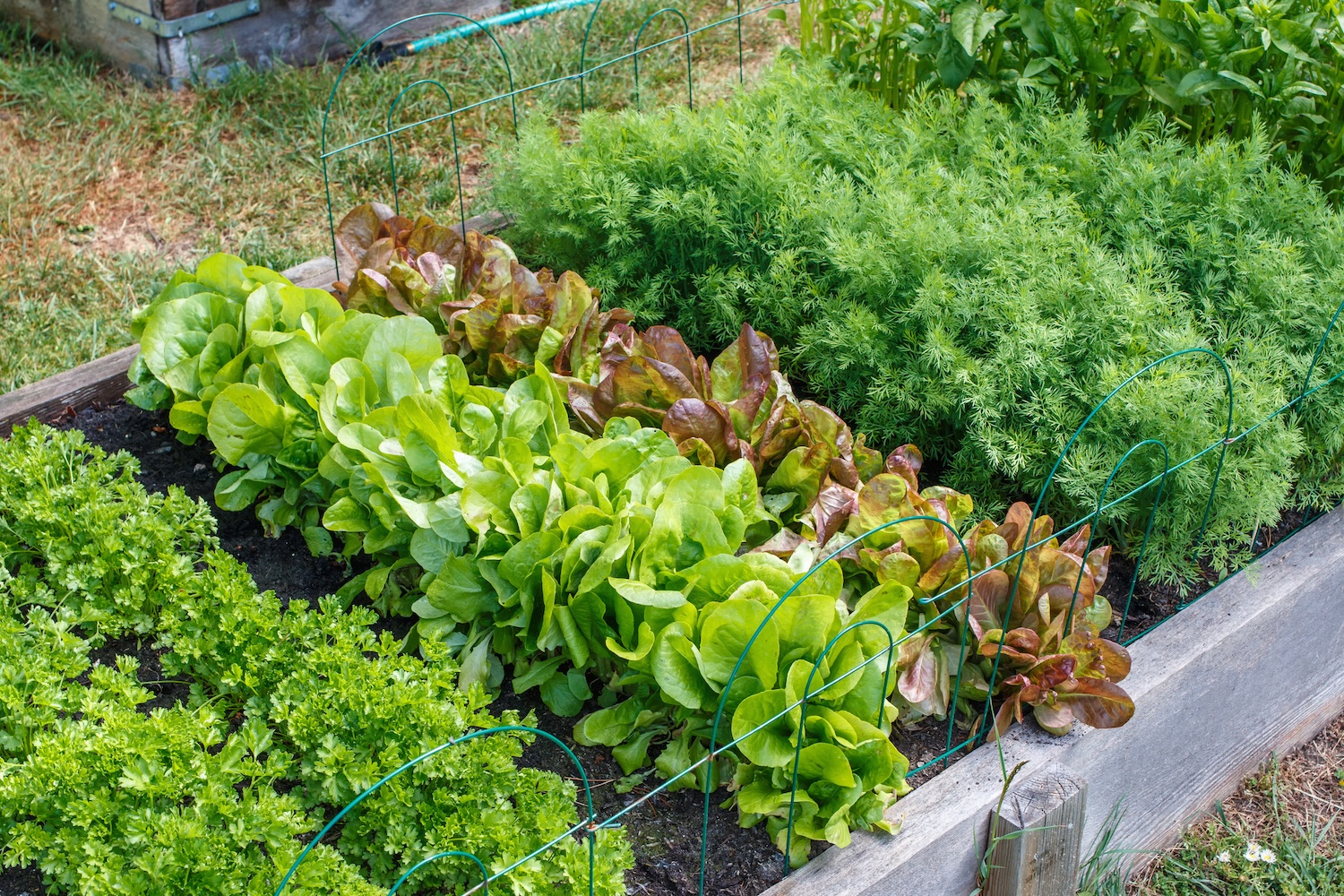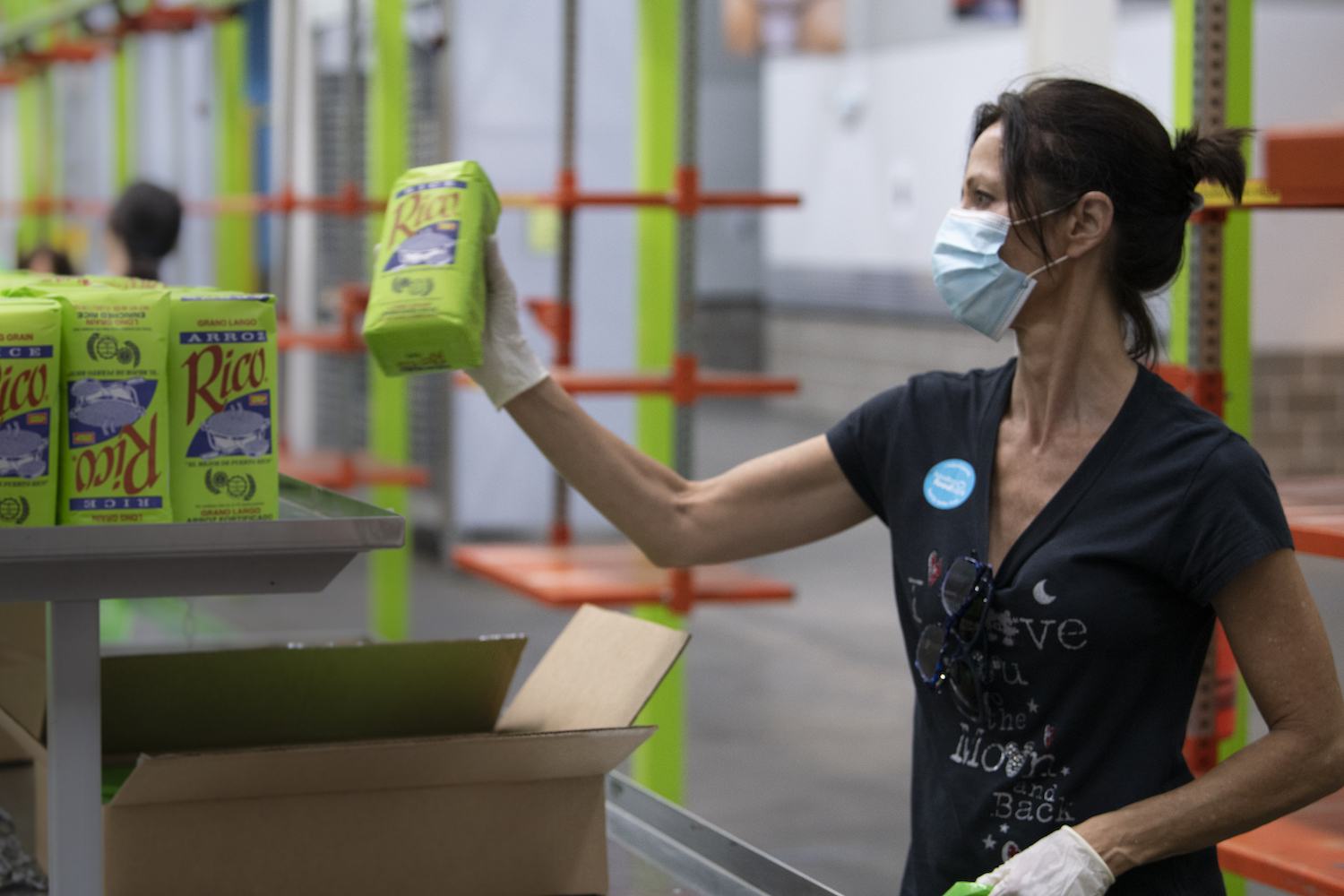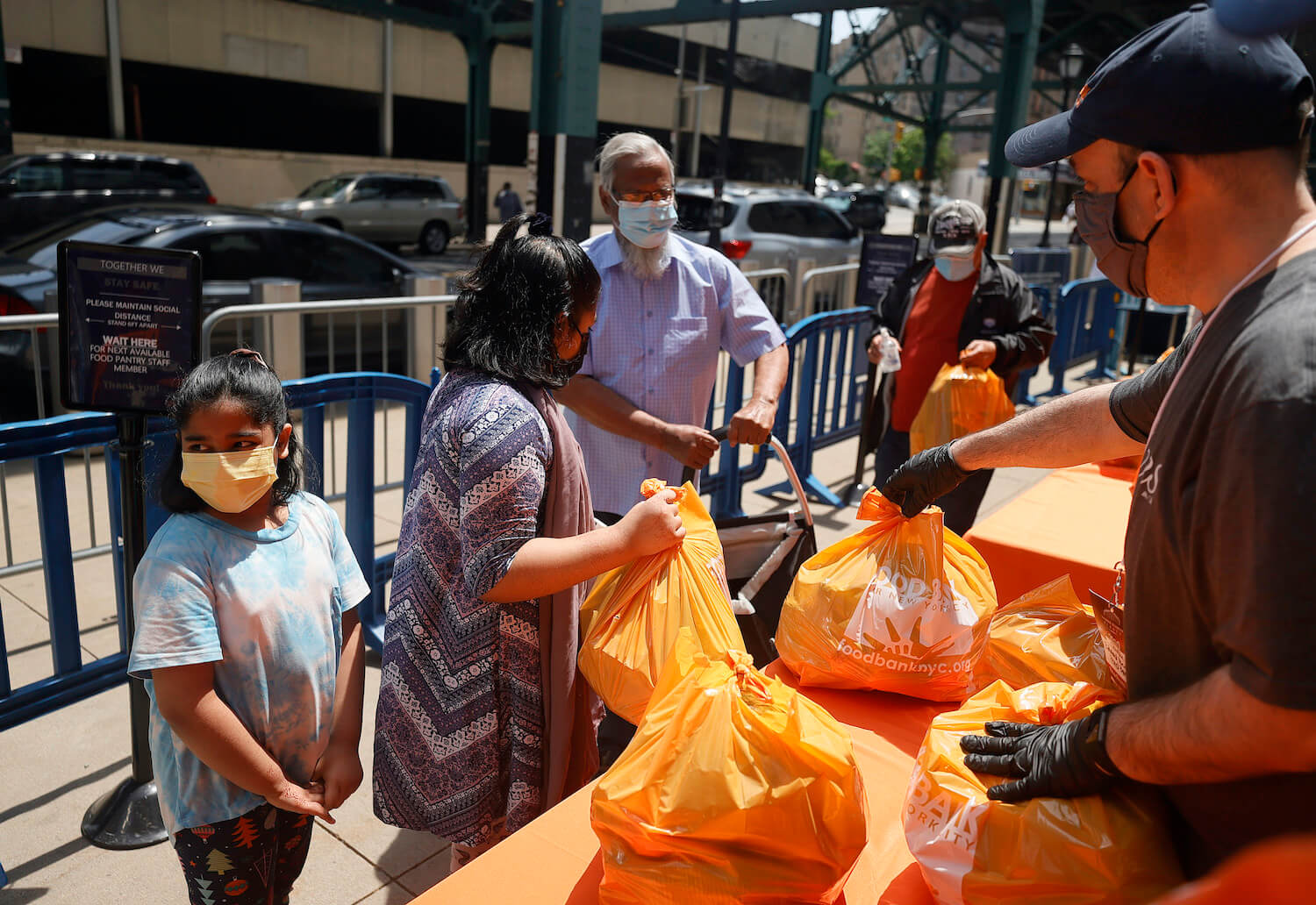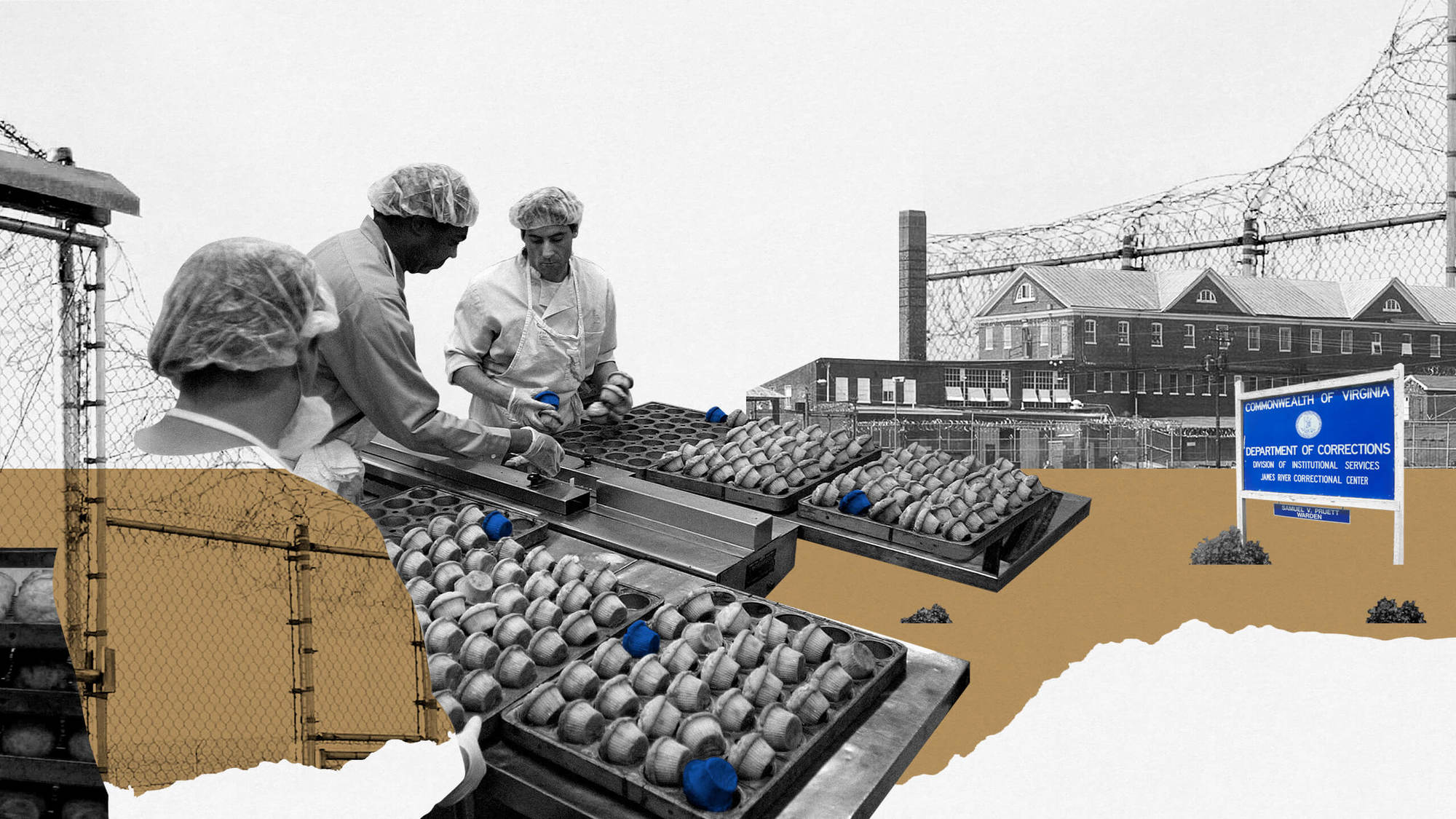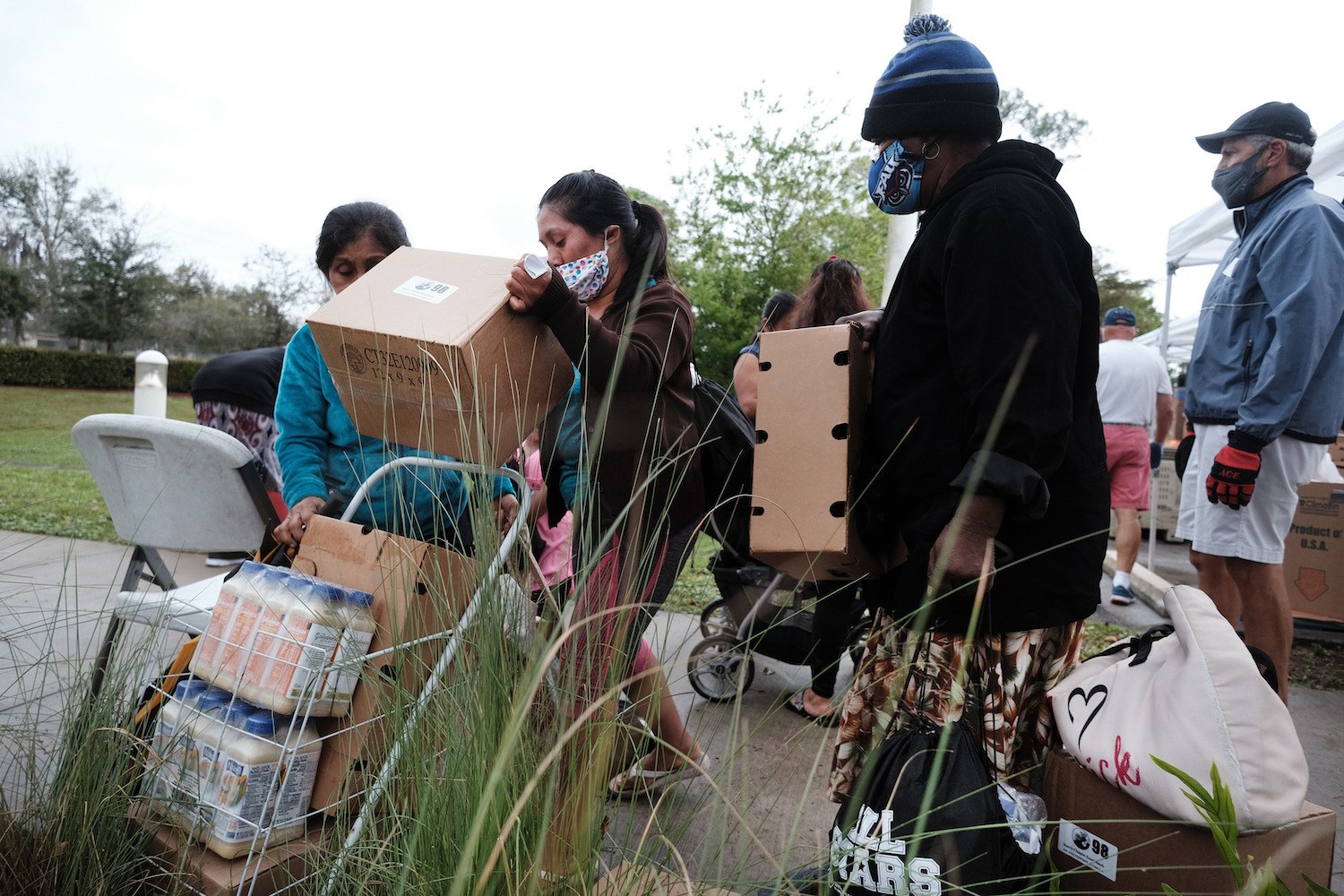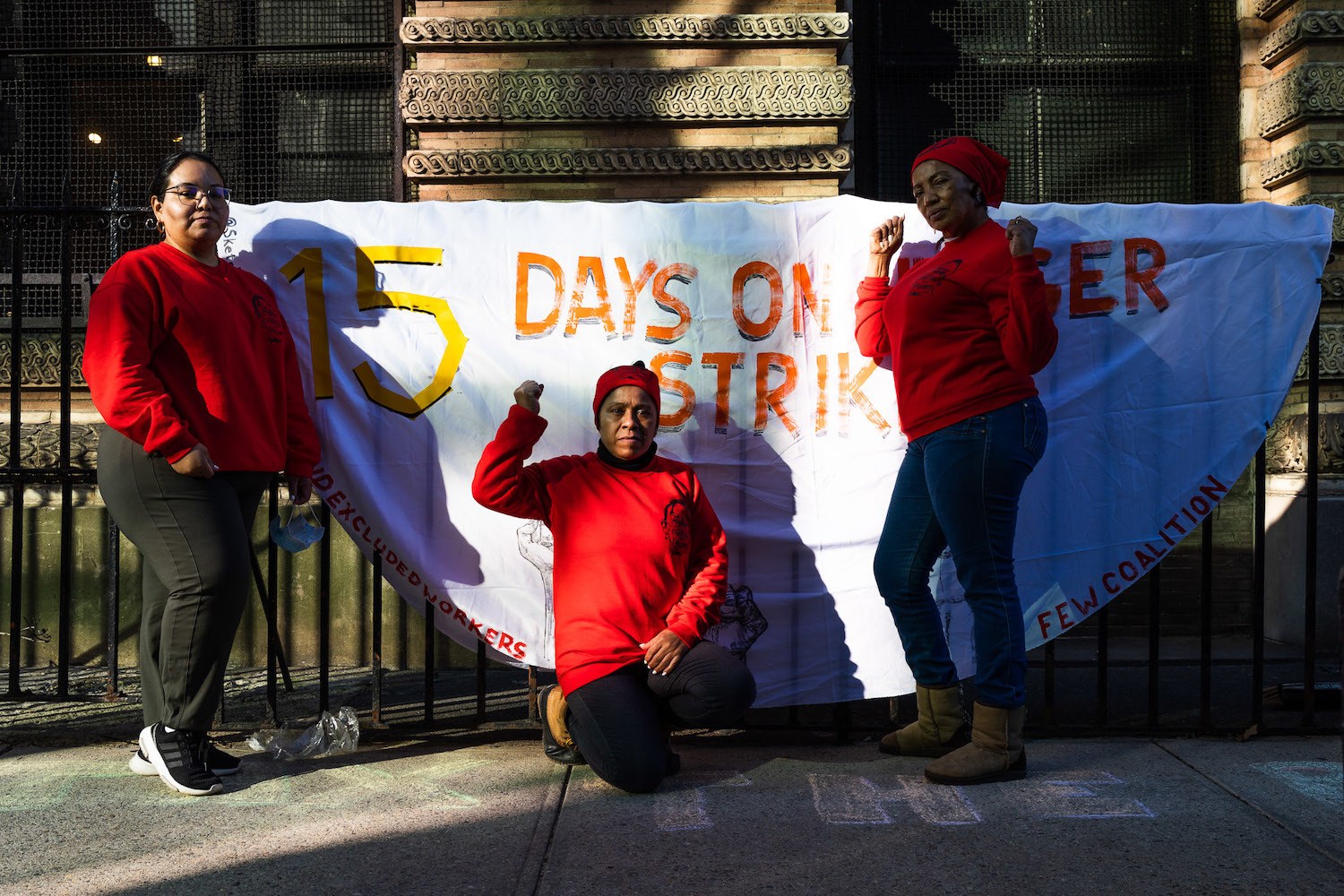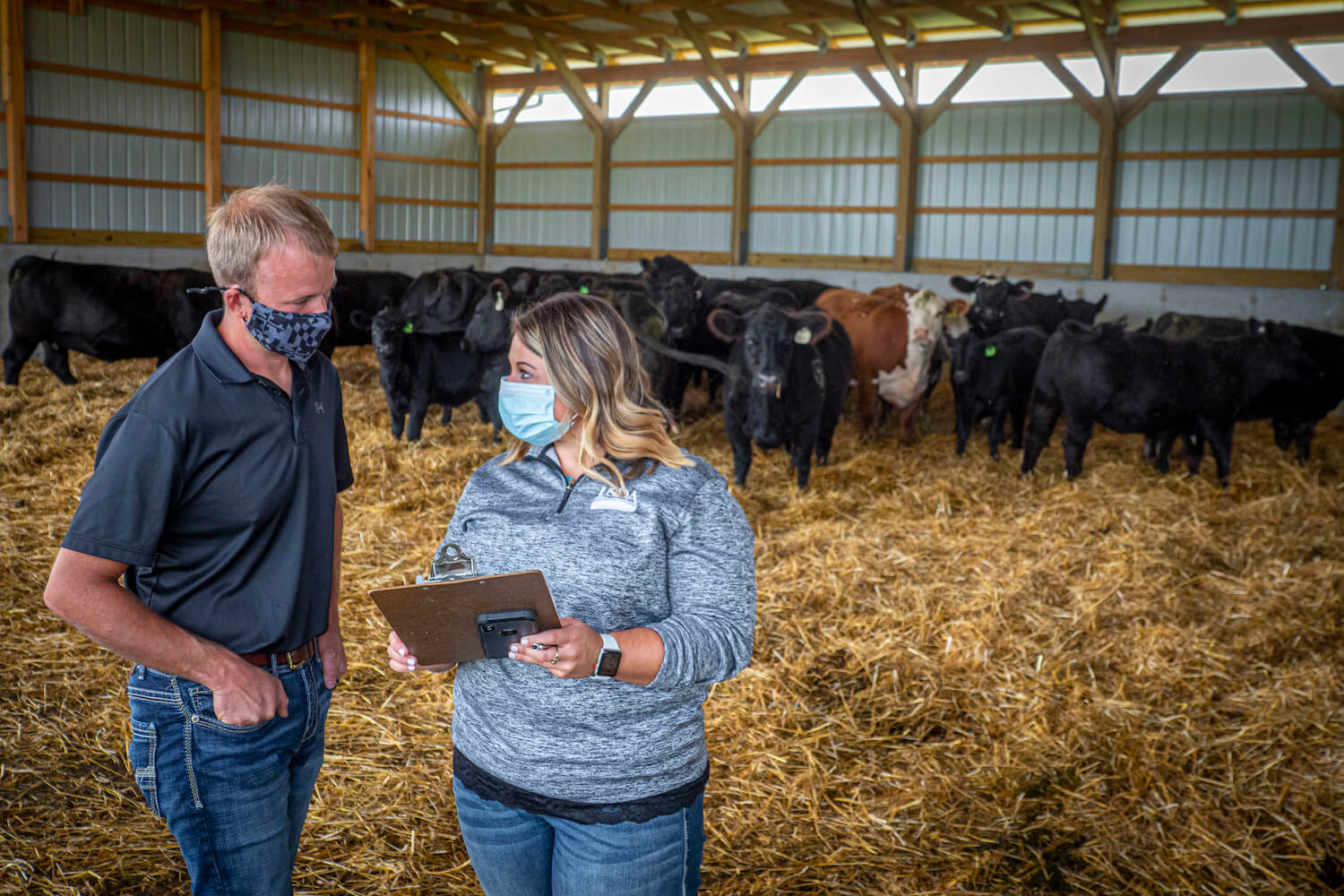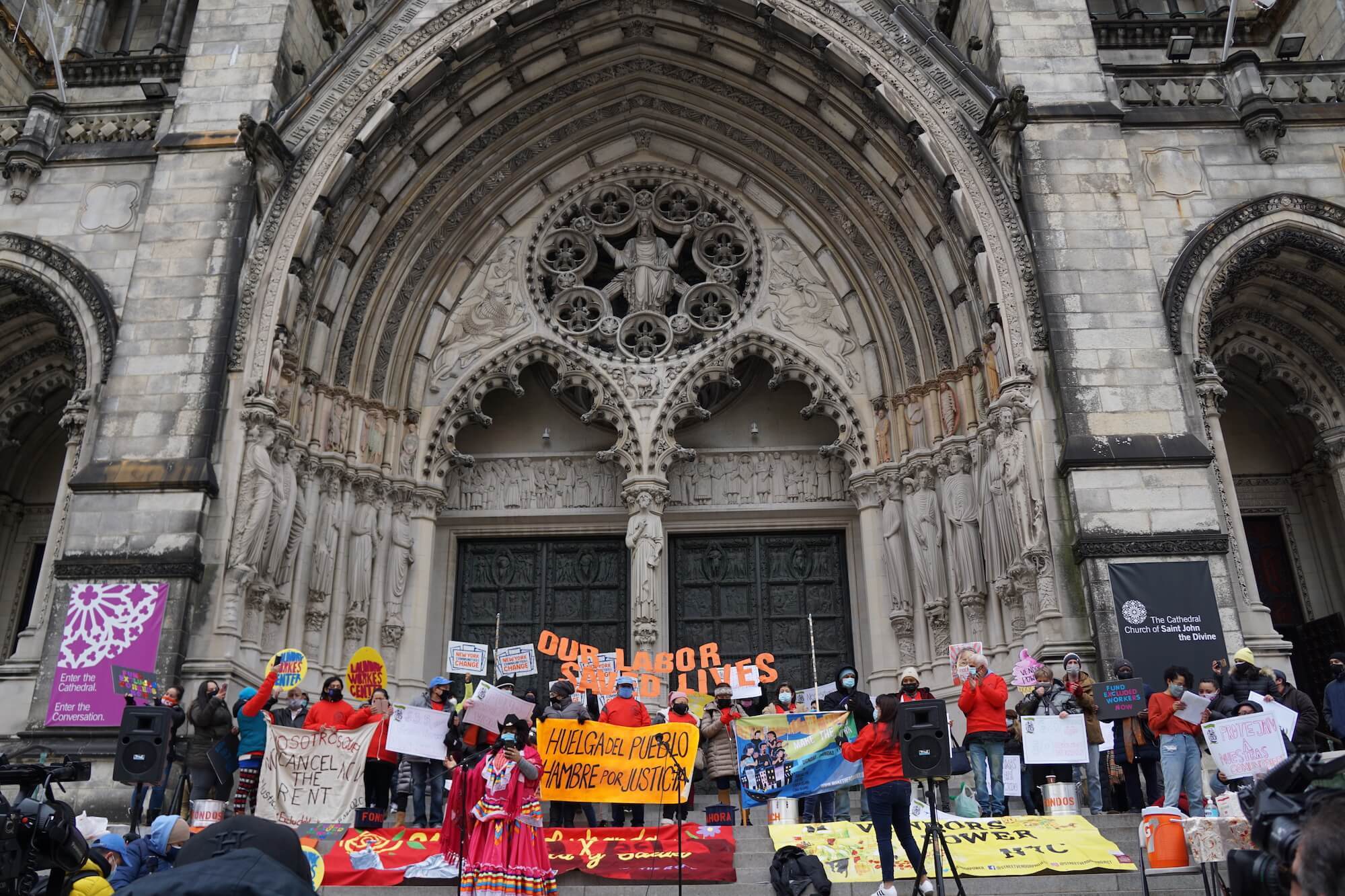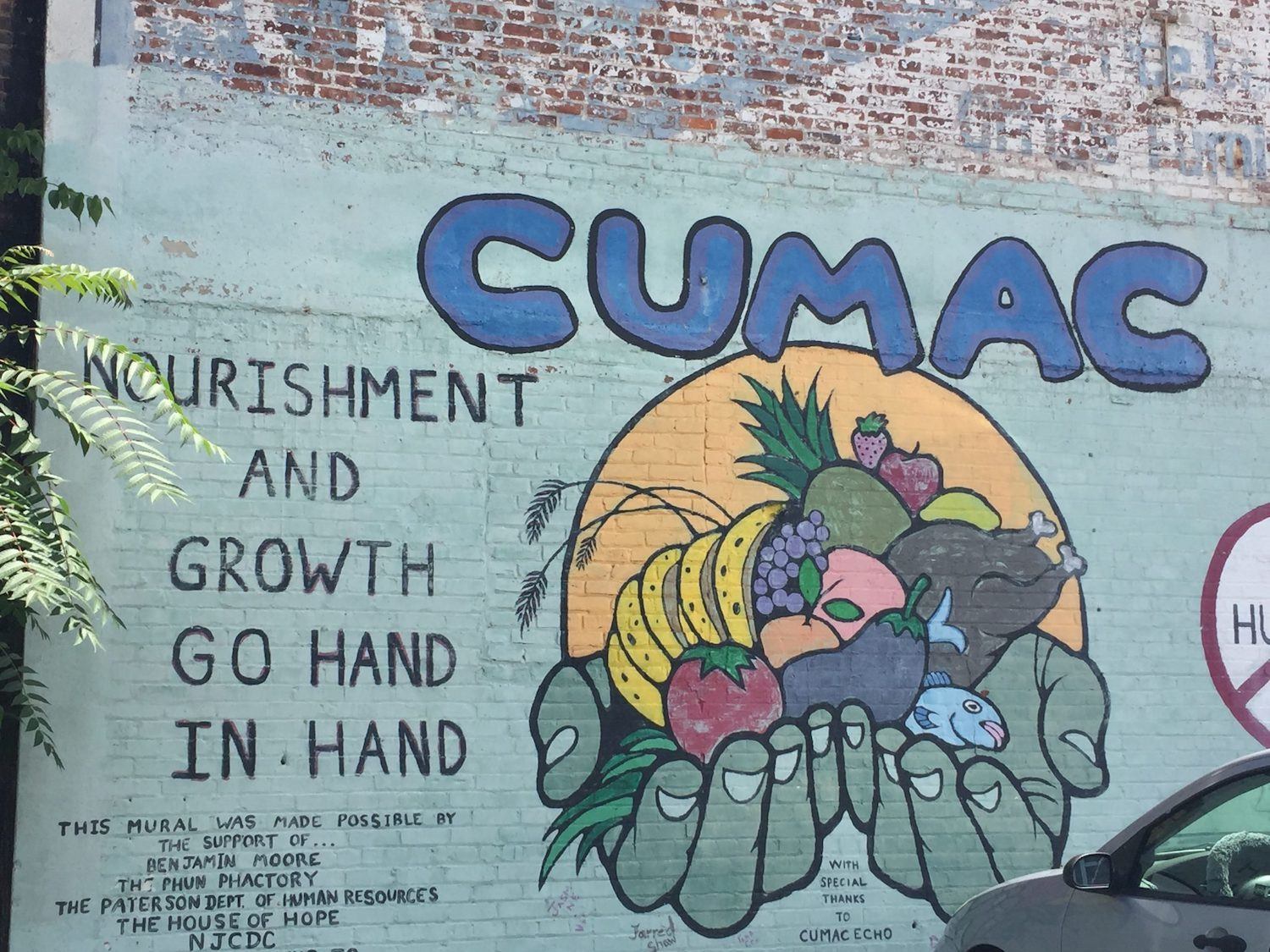
Food Bank News
Some food pantries in the U.S. are trying to address food insecurity by tracing its origins back to childhood trauma.
The two-story facility run by Center of United Methodist Aid to the Community (CUMAC) in Northern New Jersey has the look and feel of a standard food bank, with a warehouse, a handful of trucks, a client-choice pantry, and even a small garden.
This article is republished from Food Bank News, which seeks to advance best practices in hunger relief. Read the original article here.
In practice, the operation has a mission that goes much further than giving out food or even addressing the root causes of hunger. In the view of Executive Director Mark Dinglasan, problems related to food insecurity go back — way back — to childhood traumas and the harmful impacts they collectively have on the community.
More than most food bankers, Dinglasan is hyper-aware about things like neuroscience, epigenetics (having to do with changes to DNA) and adverse childhood experiences or ACEs. That knowledge, combined with his background in juvenile justice and as a lay missionary, gives him a distinctive take on what it means to run a hunger relief organization.
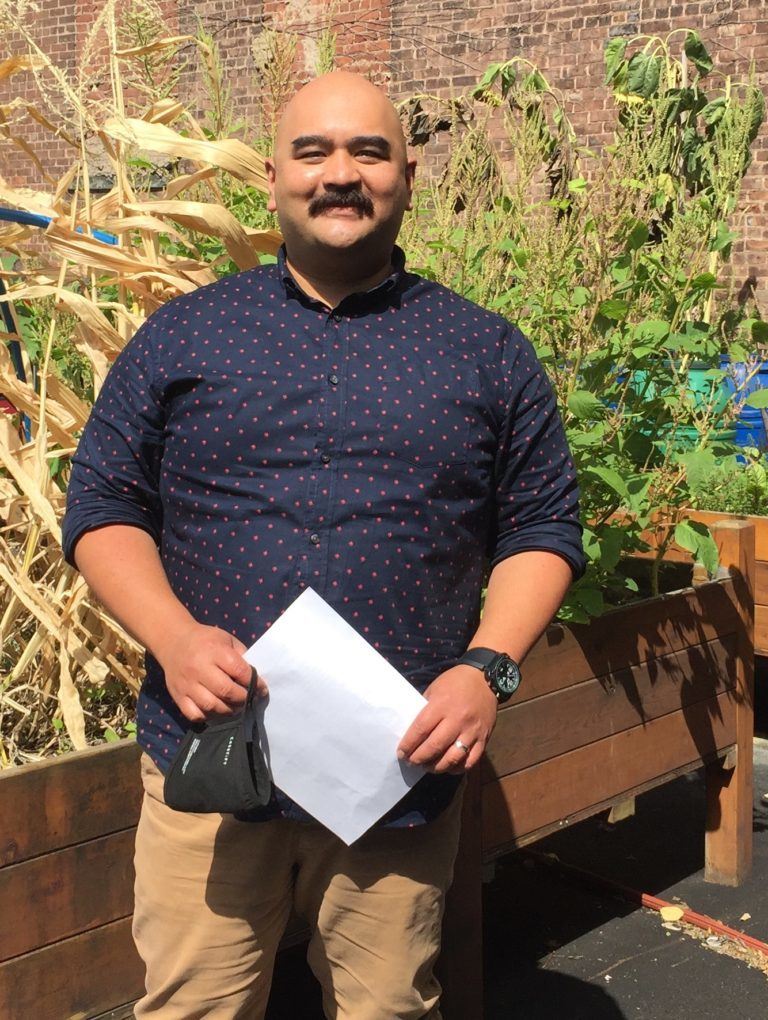
Food Bank News
Building healthy, resilient communities is Mark Dinglasan’s top priority at CUMAC.
“We’re not in the business of running a warehouse,” he explained. “We’re in the business of helping people heal.”
The concept of trauma-informed hunger relief is not entirely new. San Francisco-based Leah’s Pantry, for example, specializes in providing training on trauma-informed nutrition programming, especially at the pantry level.
But CUMAC, which is likely the only food bank in the country to have a full page on its website devoted to ACEs, may stand alone in its clear-eyed goal of making ACEs its starting point for addressing food insecurity.
“Ending hunger has nothing to do with food,” Dinglasan said. “Our vision is building self-healing communities. That’s our call to action.”
At CUMAC, which had $4.6 million of revenues in 2019, helping people heal means addressing the biological harm that lives on in peoples’ bodies after they’ve experienced the toxic stress of childhood trauma. And the only way to do that, Dinglasan contends, is to surround individuals with healthy, resilient communities.
Dinglasan’s journey to championing community-building has many inputs, but one of the biggest was his discovery of a 1998 study that found a correlation between ACEs and a greater likelihood of disease and/or death in adulthood.
The study found, for example, that four or more ACEs, such as abuse, neglect or substance abuse in the family, led to a 220% increase in the risk of heart disease. The chances of attempting suicide went up by 1200%.
“Ending hunger has nothing to do with food. Our vision is building self-healing communities. That’s our call to action.”
The findings of the 1998 study have gained traction ever since their release. The former president of the American Academy of Pediatrics (AAP), Dr. Robert Block, has been widely quoted as calling ACEs the “single greatest unaddressed public health threat facing our nation today.”
This past August, AAP released a policy statement calling toxic childhood stress “a slow-moving public health threat.” It recommended solutions at the family, community and societal level, and acknowledged that parents who have experienced their own childhood traumas may need to rely more heavily on help from the community.
In New Jersey, adverse experiences are common, with 40% of all kids in 2016 having at least one and 18% having multiple, according to CUMAC. Among kids under five years old, the rate of multiple adverse experiences is even higher at 33%.
The widely accepted key to combating ACEs is to build resilient communities that can provide buffers against the impacts of childhood toxic stress. “The only way we move the needle is by understanding that this is about community building,” Dinglasan said. “If I give you fresh and healthy food from CUMAC, but you’re living in a toxic stress environment, that doesn’t move the needle.”
Dinglasan’s plan to address the scourge of ACEs in CUMAC’s single-county operating area begins at home in the way the organization hires, pays and gives power to its employees. In the same spirit of Oregon Food Bank, which is seeking to address inequities by examining its own internal policies and practices, CUMAC’s work in social justice begins from within.
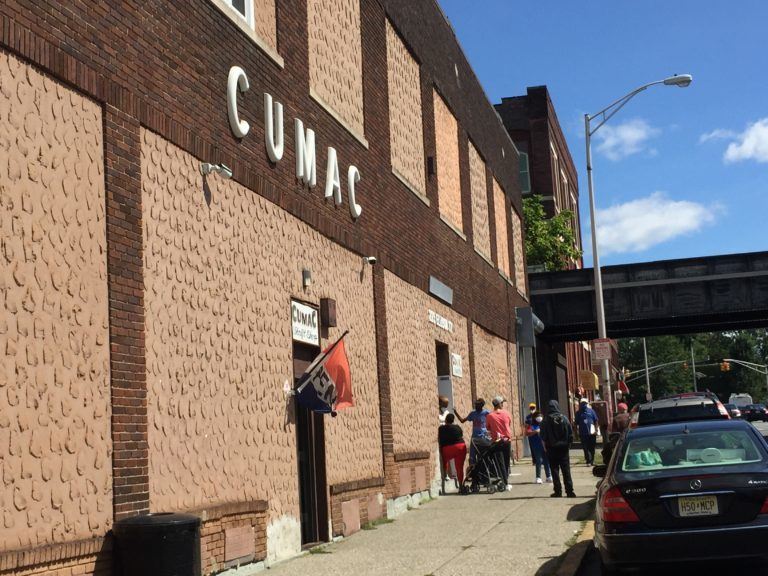
CUMAC’s facility in Northern New Jersey.
Food Bank News
CUMAC hires from the community, taking advantage of prisoner reentry and welfare to work programs. Its goal is to have 80% of the staff earning full benefits and living wages, and it is now at about 72%. Perhaps most important, it is giving employees the ability to co-create solutions, and building a place where it’s safe to fail.
One example of how it is transferring power, Dinglasan said, is in the operational upgrades it is making to its warehouse and full-choice pantry. As it moves to build a food farmacy and add an electronic ordering system for clients that includes inventory management on the backend, it has handed over decision-making for warehouse operations to the employees.
“We stay out of it,” Dinglasan said. “What it looks like, how it flows and how it operates, we’ve given up that control to the guys. And it’s awesome to see.”
CUMAC is serious about educating its employees about ACEs, providing at least four full-day training sessions per year. Vision-setting, team-building, literature reviews, celebrations and gratitude are also part of the culture Dinglasan is building.
“I believe justice and equity is something that everyone is entitled to. Knowing about ACEs is 100% about creating justice and equity by giving power to communities and families, and building communities able to heal themselves.”
A current goal is to transform the current workspace into a peaceful, even beautiful place. Already a garden built on wooden beds in a corner of the parking lot is offering some their first glimpse at how vegetables grow. Plans for repurposing the facility call for the main office space to become a peace room.
Even as it focuses internally, CUMAC is also reaching out to the community. It is building a community advisory board of people who will get compensated for their participation in focus groups and surveys. “We want the client who never thought they had a voice,” Dinglasan said.
Perhaps most important, Dinglasan is networking with other community partners, especially in healthcare, to advance the conversation around ACEs at both the county and state level. In fact, the state of New Jersey recently released a statewide action plan to address ACEs that includes interagency cooperation.
The broader the conversation gets, the better it will be for CUMAC as it strives to end hunger by building stronger communities. “I believe justice and equity is something that everyone is entitled to,” Dinglasan said. “Knowing about ACEs is 100% about creating justice and equity by giving power to communities and families, and building communities able to heal themselves.”

